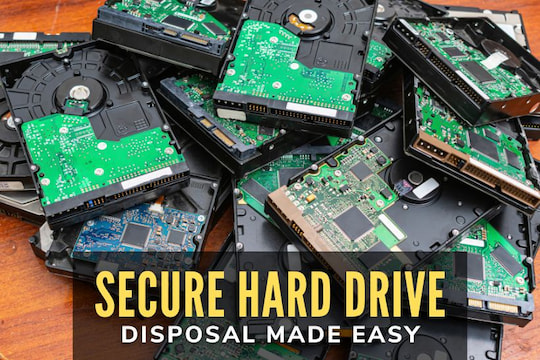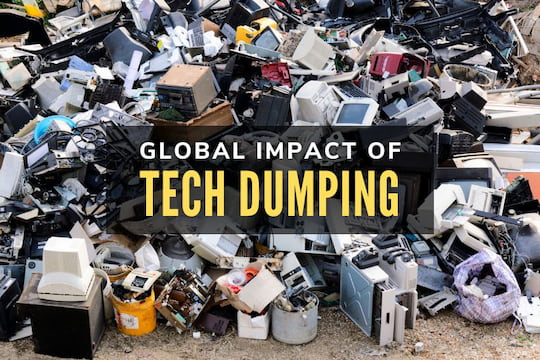There are regulatory differences in how e-waste is defined throughout the US. Webster's dictionary defines it as "waste consisting of discarded electronic products (such as computers, televisions, and cellphones)."
THE DICTIONARY DEFINITION OF E-WASTE

One e-waste definition from Mirriam Webster online is "waste consisting of discarded electronic products (such as computers, televisions, and cellphones)." Interestingly enough, a search for a definition of e-waste on dictionary.com yields no results. And just for fun, the Urban Dictionary does not have an e-waste definition either but links to the term "techno trash" on its results page.
WHEN WAS THE TERM E-WASTE COINED?
The term e-waste only barely made it into the lexicon during the 20th century. Mirriam Webster added the term to their dictionary in 1999, and there are only a few references to the phrase before that. Electronic waste is a modern phenomenon.
THE ELECTRONIC WASTE RECYCLING ACT OF 2003
Certain portions of the electronic waste stream were defined by the Electronic Waste Recycling Act of 2003. The act also designated systems to recover and recycle those portions of the electronic waste stream. This act also laid out how this waste would be regulated over and above the already established materials handling standards.
Consumers should seek out the latest regulatory information based on their current location to see what has explicitly been designated as e-waste in their community.

WHAT DOES THE ENVIRONMENTAL PROTECTION AGENCY (EPA) SAY?
While electronic waste, e-waste, e-scrap, and "end-of-life electronics" are all commonly used terms, the EPA considers it to be a subset of electronics in general. EPA officials recognize the inherent value in some of these products’ components that can be recycled, refurbished, or reused to minimize the actual amount of waste that winds up in a landfill or is illegally dumped somewhere.
E-waste is not clearly defined, and when you consider how rapidly technology is evolving, many devices actually should be entering the category. For example, many small and large appliances that were not previously considered e-waste are becoming e-waste as they adopt new features. Examples of this are Wi-Fi-enabled smart appliances like voice-controlled microwaves. There are also now voice-controlled lamps, washing machines, dryers, and even refrigerators with video screens embedded.
The US EPA continues to work with the global community to track and manage e-waste internationally. There have been multiple summits held in the last ten years, with participants from all over the globe. E-waste is a global issue and one that continues to grow.

All of this waste needs to be carefully managed to ensure that none of the potentially hazardous materials used in their construction wind up in landfills. The EPA continues to repeat the mantra, "Reduce, Reuse, and Recycle" as their primary recommendation for e-waste.
If your company has a lot of e-waste to dispose of, make sure that you employ one of the many data destruction companies to destroy any proprietary data remaining on laptops and hard drives before recycling.




















